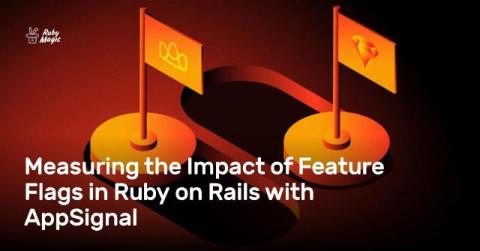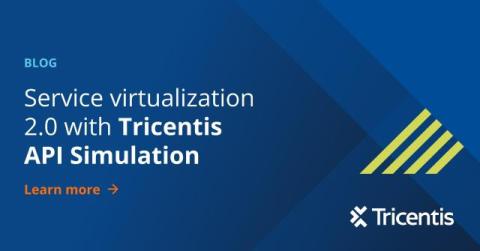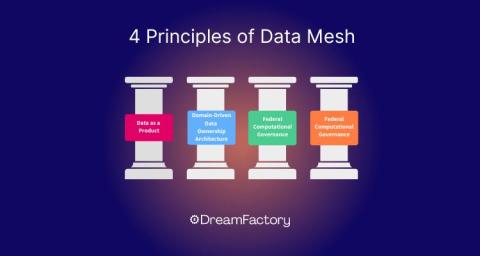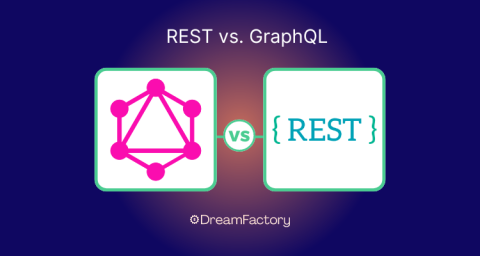Understanding Kotlin Generics: A Complete Guide for Developers
Kotlin Generics are a way to use generics in Kotlin that have type parameters specified to their usage. This powerful tool defines code components so that they will work with any data type in a flexible and reusable manner – and the main advantage of Kotlin Generics is how they are statically-typed.











